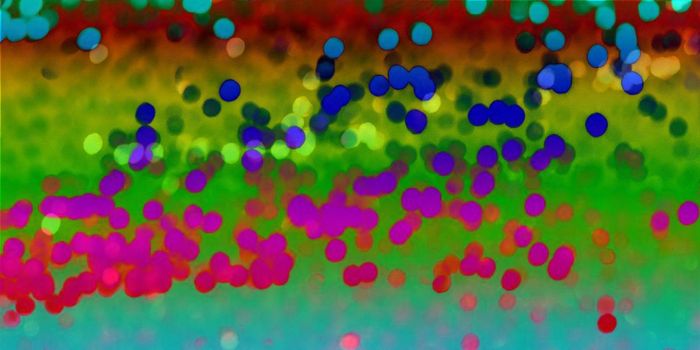Albinism is the term for the condition where humans or animals have a complete or partial lack of any color in skin, hair and eyes. It's caused by a defect in the body's production of tyrosinase, an enzyme that regulates the production of melanin and contains copper. The condition is found in all vertebrates, but since animals have multiple pigmented areas on their body, the albinism must affect the not only the hair, skin and eyes, but feathers, fur and scales as well. For humans the condition can cause photophobia, an acute sensitivity to light as well as make a person more susceptible to sunburn or certain skin cancers.
In nature, when an animal is born with the condition it can greatly impact their survival. In the case of Claude, an albino alligator in the care of the Academy of Arts and Sciences in San Francisco, he would not survive as an albino since his white color would cause him to stand out in the dark murky waters of most swamps. Because albinism is so rare in nature, when an animal is found with the condition, very often they live out their years in a zoo or sanctuary and become celebrities in the animal world. Albinism doesn't always make an animal white. Pinky, an albino dolphin found in Louisiana had pink skin and red eyes, but animal scientists determined that genetically Pinky had albinism








